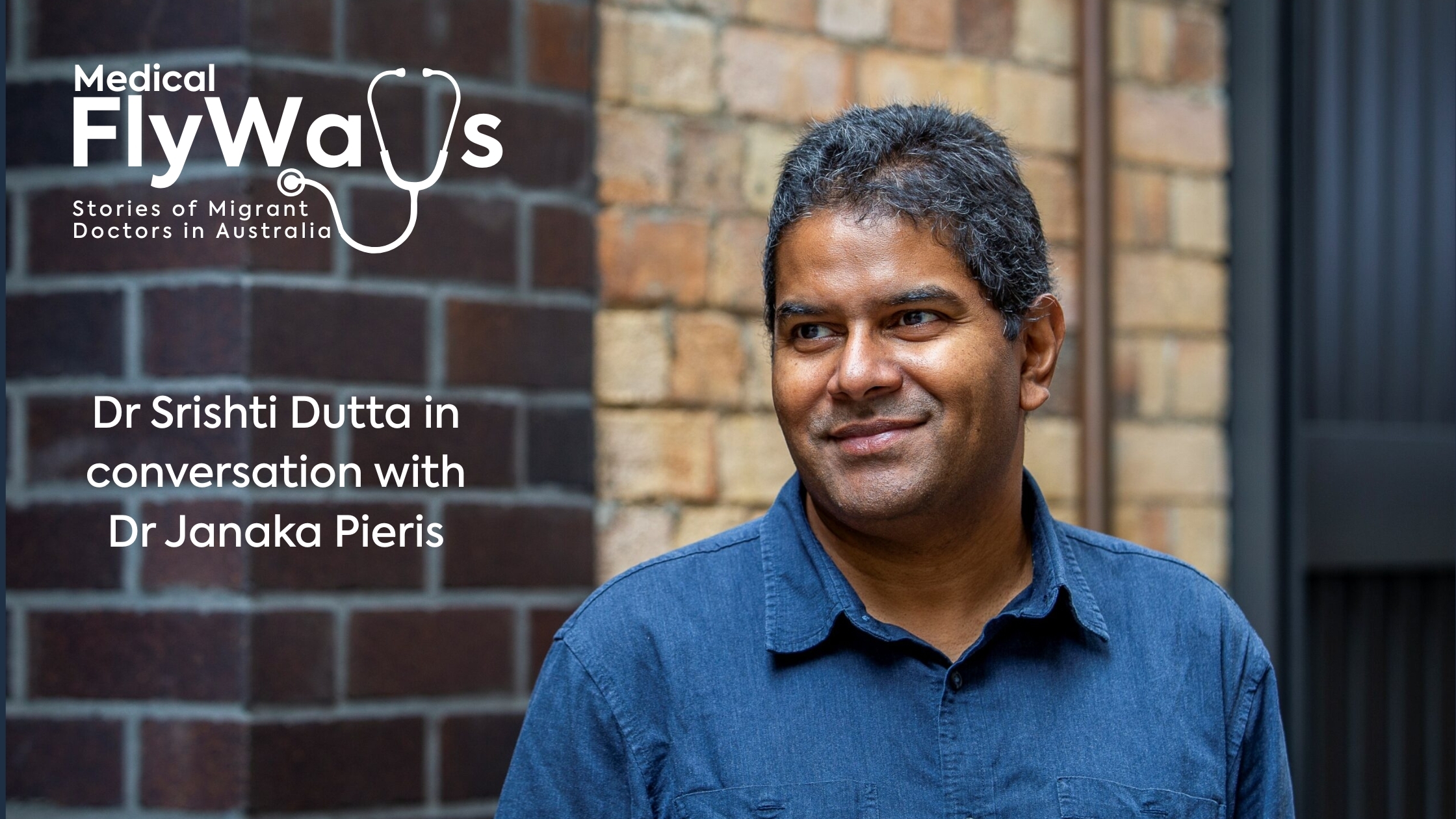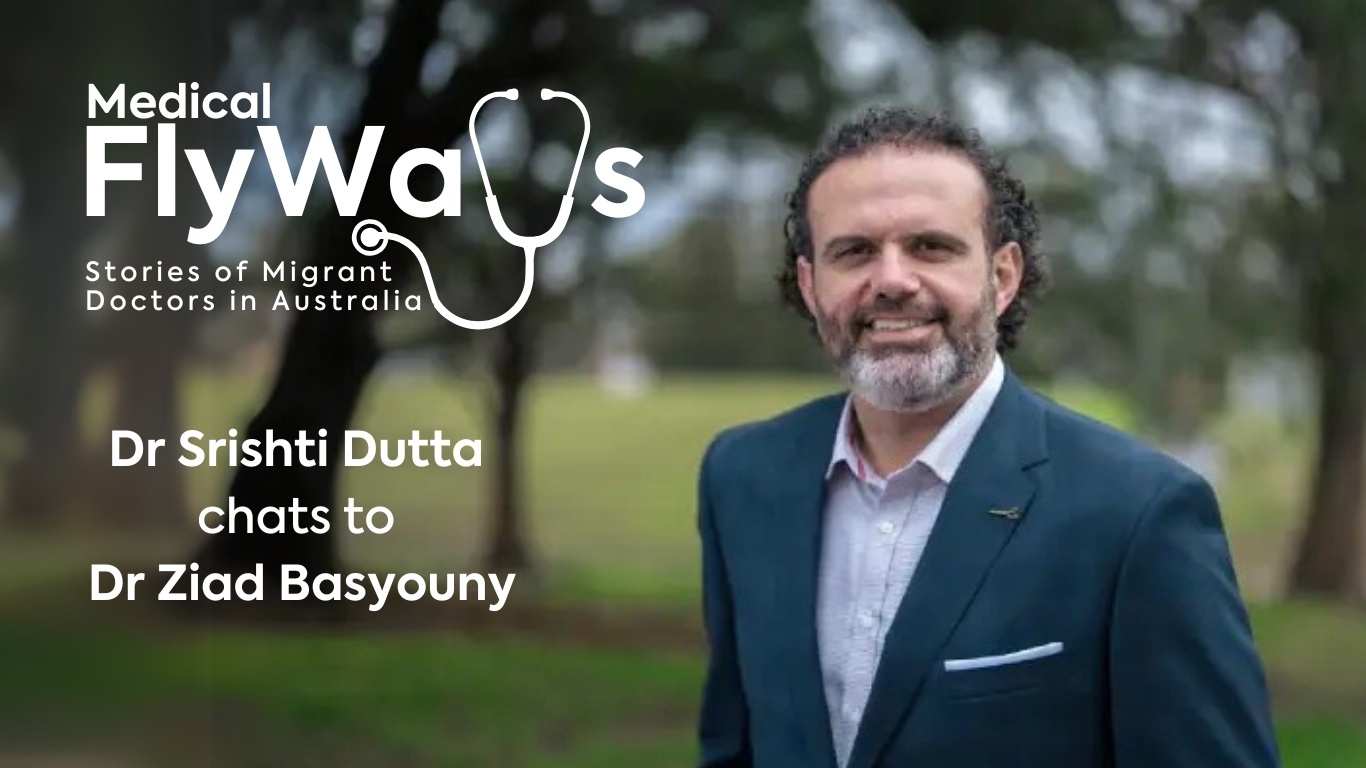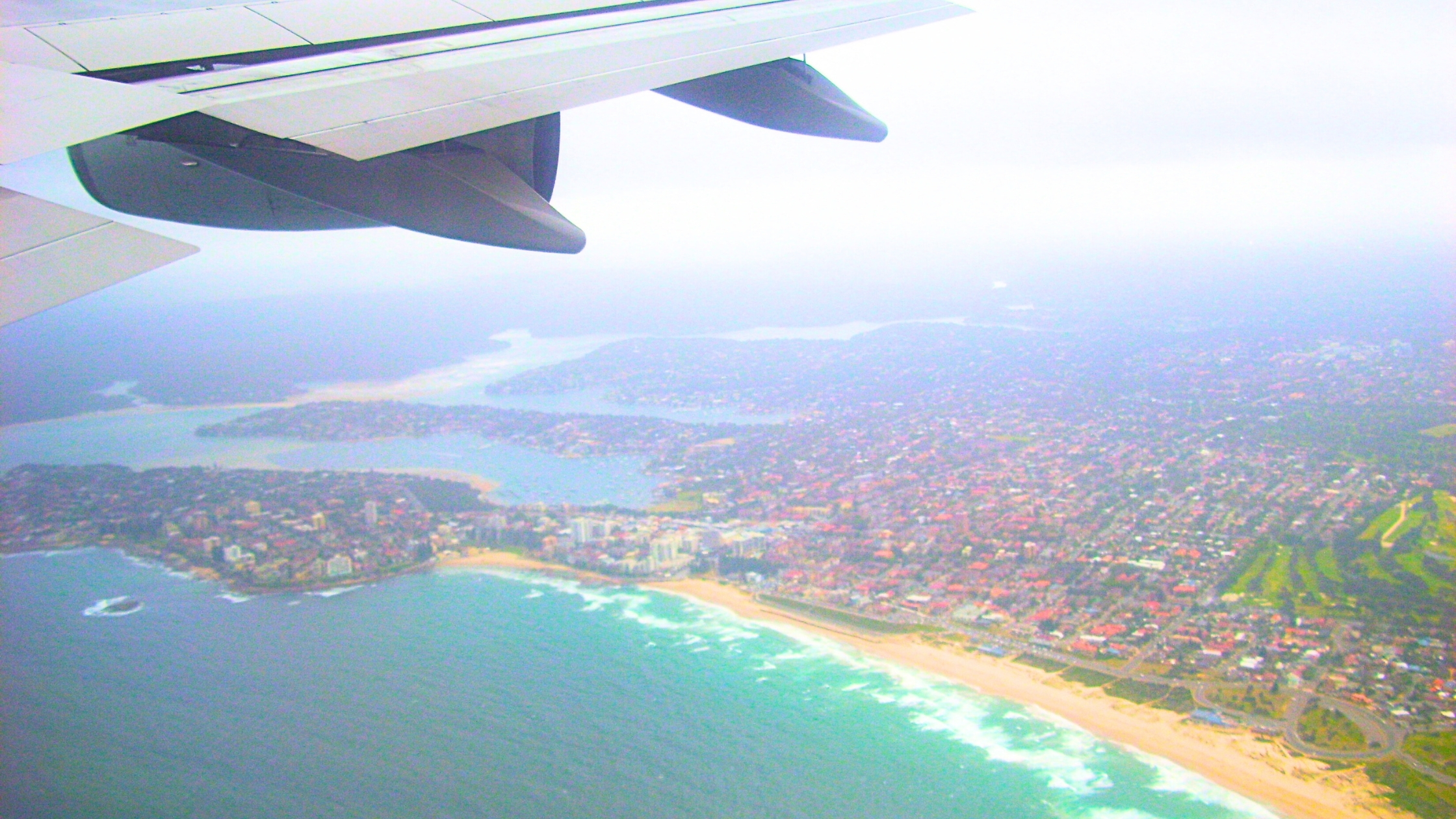- News
- Medical Careers
- 5 min read
Announcement: Changes to Australian migration legislation
Stay up to date with the most recent changes in Australian migration legislation.
- By: Admin
- September 27, 2024

Australia is ushering in significant legislative changes aimed at streamlining the migration process. These changes mark a pivotal moment in the country's approach to immigration, introducing reforms that affect various aspects of the visa system. Here's a closer look at the key modifications that have been implemented.
1. Expansion of Temporary Resident Transition (TRT) Access:
The recent legislative changes eliminate the requirement for the nominated occupation to be specified in a legislative instrument. This means that all Subclass 482 and Subclass 457 visa holders, regardless of their visa stream, now have access to the TRT streams of Subclass 186. Previously, only Medium-term stream holders of Subclass 482 enjoyed this privilege. This expansion opens doors to a broader range of occupations for permanent sponsorship, allowing employers to base their nominations on organizational needs rather than rigid occupation lists. It's important to note that the occupation list still applies to nominations made through the direct entry (DE) stream.
2. Reduction in TRT Eligibility Period:
In an effort to enhance Australia's appeal to skilled workers, the eligibility period for TRT stream approval has been shortened. Prospective Employer Nomination Scheme (ENS) nominees/applicants, while holding a relevant visa (Subclass 482, Subclass 457, or a related bridging visa), now need to have worked in the nominated position for two out of the three years immediately before the nomination application. This represents a change from the previous requirement of three out of four years, streamlining the pathway for skilled workers to attain permanent residency.
3. Amendment to Age Exemption Instrument:
The age exemption requirement for 186 visas has been adjusted, mandating that applicants be under 45 at the time of application unless an exemption or prescribed circumstance is applicable. Furthermore, the definition of Subclass 457/482 workers has been altered, reducing the mandatory employment period from 3 years to a minimum of 2 yearswhile earning an income about the fair work high income threshold. A similar adjustment has been made for regional medical practitioner applicants, lowering the required employment period and visa possession from 3 years to at least 2 years.
4. Removal of Short Term 482 Visa Application Limits:
A notable change involves the removal of the limit on the number of Subclass 482 visa applications in the Short-term stream that could be made in Australia. This aligns with the decision to provide a pathway to permanent residence for all Subclass 482 visa streams. The Subclass 482 visa, designed to address ongoing labour shortages, allows employers to renominate skilled workers who would have otherwise needed to leave Australia to reapply for a short term 482 visa upon their third application for a visa.
These immigration legislative changes bring about a more flexible and accommodating environment for skilled workers and sponsoring employers in Australia. For personalised guidance on how these changes may affect you and to determine your Permanent Residency eligibility, reach out to our in-house Registered Migration Agents.
Related Articles
-
 May 27
May 27Healing Through Words: Dr Janaka Pieris' Story of Poetry, Race and Resilience
Dr Janaka Pieris shares his journey from NHS doctor to GP and poet, in this debut episode of More Than Medicine, part of the Medical Flyways podcast.
- Divergent Careers
- Medical Flyways
- General Practice
- Innovation
- Regulatory & Migration
- Wavelength
- 2 min read
-
 Feb 27
Feb 27From desert to down under: Dr Ziad Basyouny's winding road to success
February Medical Flyways Episode - Dr Srishti Dutta interviews GP Dr Ziad Basyouny about practicing medicine and politics in Sydney.
- Medical Careers
- Divergent Careers
- Wavelength
- 2 min read
-
 Jun 12
Jun 12Dr Judy's Grand Tour: Tales from a Locum GP Adventurer!
Go behind the scenes with locum GP Dr Judy as she shares her incredible travels & practical tips from nearly 20 placements across Australia.
- Discover Regional Australia
- rural healthcare
- General Practice
- Locum doctor
- Wavelength
- 3 min read
Related Programs
-
 May 27
May 27Healing Through Words: Dr Janaka Pieris' Story of Poetry, Race and Resilience
Dr Janaka Pieris shares his journey from NHS doctor to GP and poet, in this debut episode of More Than Medicine, part of the Medical Flyways podcast.
- Divergent Careers
- Medical Flyways
- General Practice
- Innovation
- Regulatory & Migration
- Wavelength
- 2 min read
-
 Feb 27
Feb 27From desert to down under: Dr Ziad Basyouny's winding road to success
February Medical Flyways Episode - Dr Srishti Dutta interviews GP Dr Ziad Basyouny about practicing medicine and politics in Sydney.
- Medical Careers
- Divergent Careers
- Wavelength
- 2 min read
-
 Jun 12
Jun 12Dr Judy's Grand Tour: Tales from a Locum GP Adventurer!
Go behind the scenes with locum GP Dr Judy as she shares her incredible travels & practical tips from nearly 20 placements across Australia.
- Discover Regional Australia
- rural healthcare
- General Practice
- Locum doctor
- Wavelength
- 3 min read
